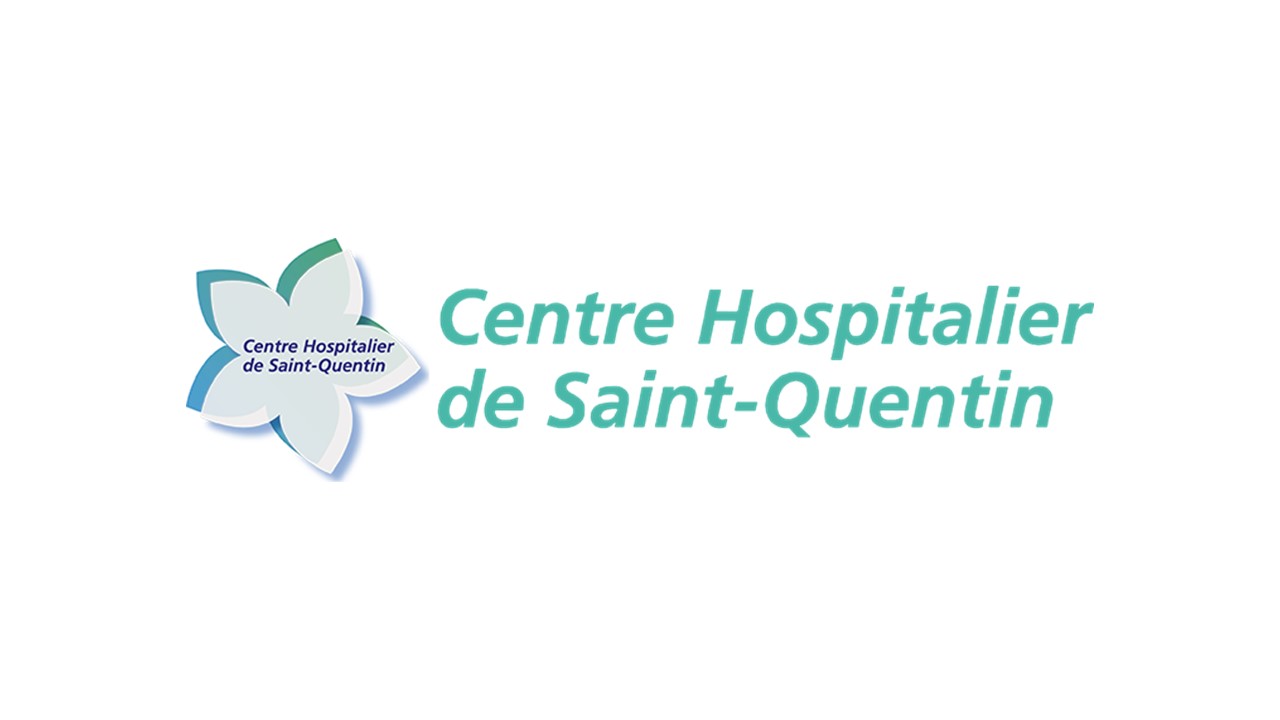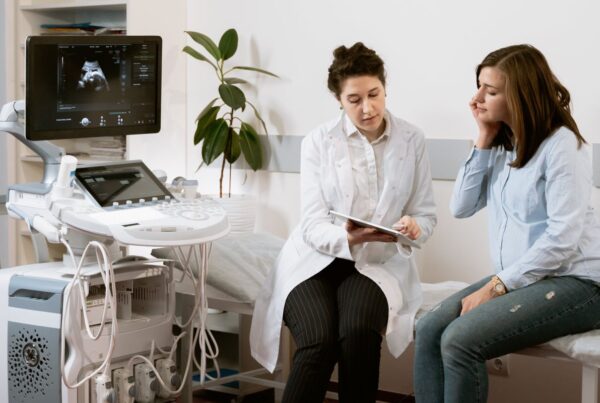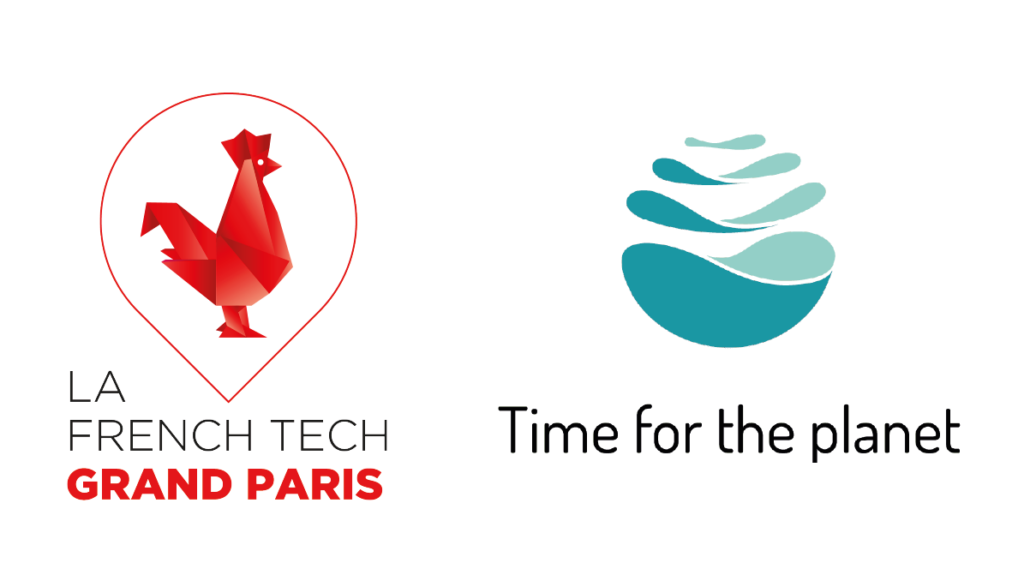Wifi investment: the digital revolution in the health sector
On 25 September, Edouard Philippe unveiled in greater detail the main thrusts of the Grand Plan d’Investissement of the Macron quinquennium. Of the €57 billion, €9 billion is earmarked for improving the state of digital technology in public services over the next five years (wifi investment, remote payment, etc.). Find out more about the various projects that will be closely monitored to “build the State of the digital age” in this Numerama article.
In France, however, there are a number of initiatives that are continuing to revolutionise the healthcare sector and deliver a truly high-quality experience for patients. The future university hospital in Nantes is a fine example of this new collaborative design approach, which places the needs of end-users at the heart of the process.
CH St-Quentin’s bet for its digital revolution
For many years now in France, the majority of sectors and professions have been changing to adapt to new technologies and to the quality standards defined by their customers or users. While this change is being accompanied to varying degrees, some players are speeding up their digital revolution. This is particularly true of public health establishments in France, which are now moving forward on a number of major projects aimed at radically transforming the day-to-day lives of healthcare professionals and the care pathways of their patients.
The healthcare sector is changing, and promises to optimise its cost centres in the hospitals of tomorrow by transforming technological investment into real economic spin-offs. While the computerised hospital of tomorrow is gradually taking shape, the process of getting staff used to digital technology has well and truly begun.
At the Centre Hospitalier de St-Quentin, the second largest public health establishment in Picardy after the CHU Amiens, numerous initiatives are becoming part of the daily lives of employees and patients.
Digitising the Hospital Centre
As Jean-Baptiste GARD, the site’s Network & Security Infrastructure Manager, points out: “One of the priorities in our development work is to improve the comfort of patients and all our staff. For example, demand for Wi-Fi access has exploded following the democratisation of smartphones and other mobile terminals, so it was essential to rethink the process”.
As the GSM telephone network is sometimes difficult to access due to the hospital’s 15 storeys, the Wi-Fi hotspot is very popular.
To connect to the hospital’s Wi-Fi network, it used to be necessary to sign the user charter and collect printed codes from the receptionists. With several thousand accounts being created every year, it’s fairly obvious that automating this process via a UCOPIA connectivity solution has enabled significant savings to be made in terms of human resources, as well as allowing registration to the portal 24 hours a day.








